When it comes to weight loss, finding the right balance between satisfying your cravings and staying on track can be tricky. That’s where low-carb snacks step in to save the day. These snacks aren’t just great for curbing hunger—they’re also perfect for maintaining energy levels while keeping your carb count low.
Whether you’re following a keto diet or simply want healthier snacking options, this guide covers the top 10 low-carb snacks that are both easy and delicious.
What Makes a Snack Low-Carb?
When it comes to low-carb snacks, understanding the basics is crucial for making informed choices. It’s not just about picking foods labeled “healthy” or “low-fat”—it’s about knowing the nutritional makeup and how it fits within a low carb diet. Whether you’re on a ketogenic plan, trying to manage blood sugar levels, or simply aiming to lose weight, here’s what defines a snack as low carb. (1)
The Definition of Low Carb
At its core, a low-carb snack minimizes carbohydrate content while emphasizing other macronutrients like protein and fats. However, the exact definition can vary depending on your dietary goals.
- Net Carbs: The key measure for low-carb foods is net carbs, which are calculated by subtracting fiber and sugar alcohols from the total carbohydrate count.
- For example, if a snack has 10 grams of total carbs but 6 grams of fiber, its net carb count is 4 grams.
- Threshold for Low Carb:
- Snacks with 5–15 grams of net carbs per serving generally qualify as low carb.
- For stricter diets like keto, aim for snacks with fewer than 5 grams of net carbs.
- Contrast with High-Carb Snacks:
- High-carb snacks like chips, crackers, and granola bars can contain 20–40 grams of net carbs per serving—making them unsuitable for a low-carb lifestyle.
Benefits of Low-Carb Snacking
Snacking isn’t just a way to curb hunger—it’s also an opportunity to fuel your body and support your goals. When you choose low-carb snacks, you reap numerous benefits that go beyond weight loss. (2)
Controls Cravings
You stay fuller longer by focusing on snacks rich in protein and healthy fats. These macronutrients slow down digestion and help stabilize blood sugar levels, reducing the likelihood of mid-afternoon energy crashes.
- Example: A handful of mixed nuts offers sustained energy compared to a sugary granola bar that leads to a quick spike and crash.
Supports Weight Loss
Low-carb snacks are typically lower in calories and help control overall energy intake. By keeping insulin levels stable, they also encourage your body to burn stored fat for energy.
- Did You Know? Elevated insulin from high-carb foods often triggers fat storage, which can hinder weight-loss efforts.
Maintains Steady Energy Levels
Snacks that are low in carbs but rich in healthy fats (e.g., avocado slices or cheese crisps) provide a steady energy supply, helping you avoid the “sugar highs and lows” caused by carb-heavy foods.
Key Nutritional Features of Low-Carb Snacks
A good low-carb snack isn’t just about cutting carbs—it’s about maximizing nutrition and flavor. Here’s what to look for:
High Protein Content
Protein is the building block of muscles, hormones, and enzymes, making it essential for energy and repair. Including protein in your snacks helps you stay satisfied between meals.
- Examples: Hard-boiled eggs, Greek yogurt, or lean meats like turkey slices.
- Why It Matters: Protein requires more energy to digest than carbs or fats, contributing to a higher calorie burn (thermogenic effect).
Healthy Fats
Healthy fats are a hallmark of low carb diets. These fats not only curb hunger but also support brain health and hormone production.
- Examples: Avocados, nuts, seeds, and cheese.
- Pro Tip: Opt for monounsaturated fats (found in olive oil and nuts) and omega-3 fatty acids (found in fatty fish and flaxseeds).
Fiber-Rich Options
Although fiber is technically a carbohydrate, it doesn’t spike blood sugar because it isn’t digested by the body. High-fiber snacks are excellent for promoting digestion and reducing cravings.
- Examples: Celery sticks, cucumbers, or flax crackers.
- Why It’s Important: Fiber slows digestion and increases satiety, helping you eat less over time.
Minimal Added Sugars
Even small amounts of added sugars can derail your low carb efforts. Always check ingredient labels for hidden sugars listed as corn syrup, maltodextrin, or agave nectar.
- Pro Tip: Stick to natural sweeteners like stevia or erythritol if you need a touch of sweetness in your snack.
Low-Carb Snack Misconceptions to Avoid
It’s easy to get misled by marketing claims when shopping for snacks. Let’s clear up some common misconceptions:
“Sugar-Free” Doesn’t Always Mean Low Carb
Many “sugar-free” snacks contain sugar alcohols or fillers that contribute to net carbs. Always read the nutrition label to confirm the total carb content.
“Low-Fat” Isn’t the Same as Healthy
Low-fat snacks often compensate by adding extra sugars or starches to improve flavor. Remember: Fat is your friend on a low-carb diet!
Portion Size Still Matters
Even the healthiest low-carb snacks can lead to overconsumption if you don’t practice portion control.
- Example: A serving of nuts (about 1 ounce) contains 2–4 grams of net carbs but is calorie-dense, so stick to a handful.
How to Choose the Right Low-Carb Snacks
Whether you’re shopping for ready-to-eat options or preparing your snacks at home, follow these guidelines: (3)
- Read the Ingredients: Look for simple, whole-food ingredients without added sugars or unnecessary fillers.
- Stick to Whole Foods: The closer a snack is to its natural form (e.g., raw veggies, nuts), the more likely it is to align with your low-carb goals.
- Balance Macronutrients: Ideally, each snack should contain a mix of protein, fats, and fiber to keep you satisfied longer.
- Plan Ahead: Pre-pack snacks into portioned containers to avoid reaching for high-carb alternatives when hunger strikes.
Snacking on a low carb diet doesn’t mean bland options. With the right choices, every bite can be both delicious and effective in helping you achieve your goals!
Top 10 Low-Carb Snacks for Weight Loss
Here are the absolute best options for low-carb snacking. Each one is simple, portable, and full of nutrients.
1. Hard-Boiled Eggs
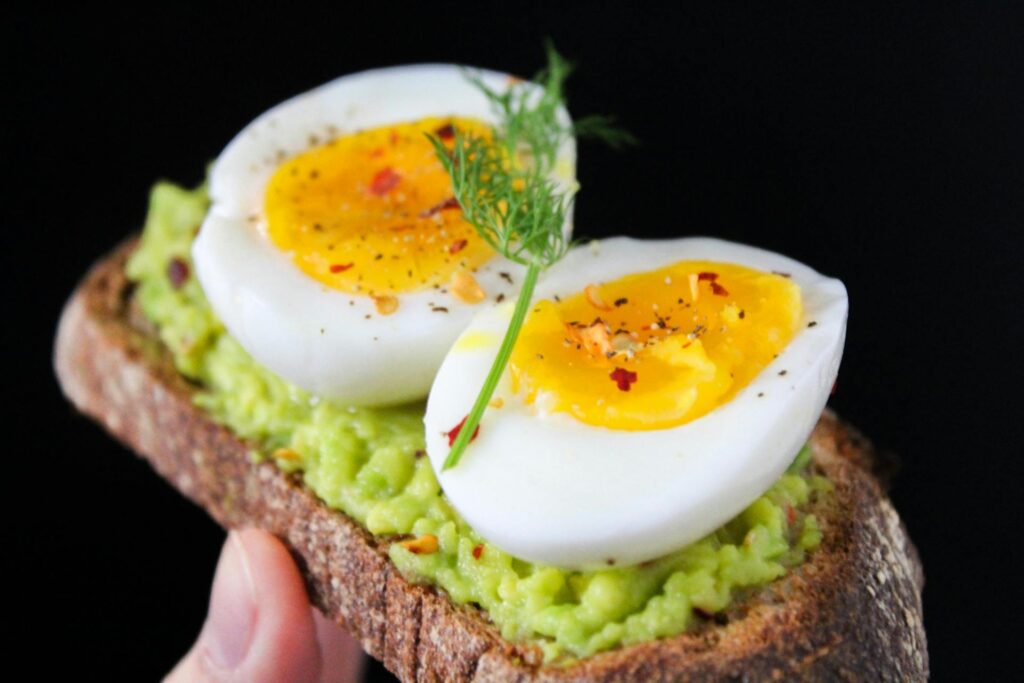
Eggs are the ultimate snack—affordable, filling, and versatile.
- Nutritional Highlights:
- Only about 0.6 grams of carbs per egg.
- Packed with high-quality protein and essential vitamins like B12.
- Why They’re Great:
- Perfect for meal prep.
- Quick to eat when you’re on the go.
- Pro Tip: Sprinkle with sea salt and paprika, or enjoy with a slice of avocado for a flavor boost.
2. Cheese Crisps
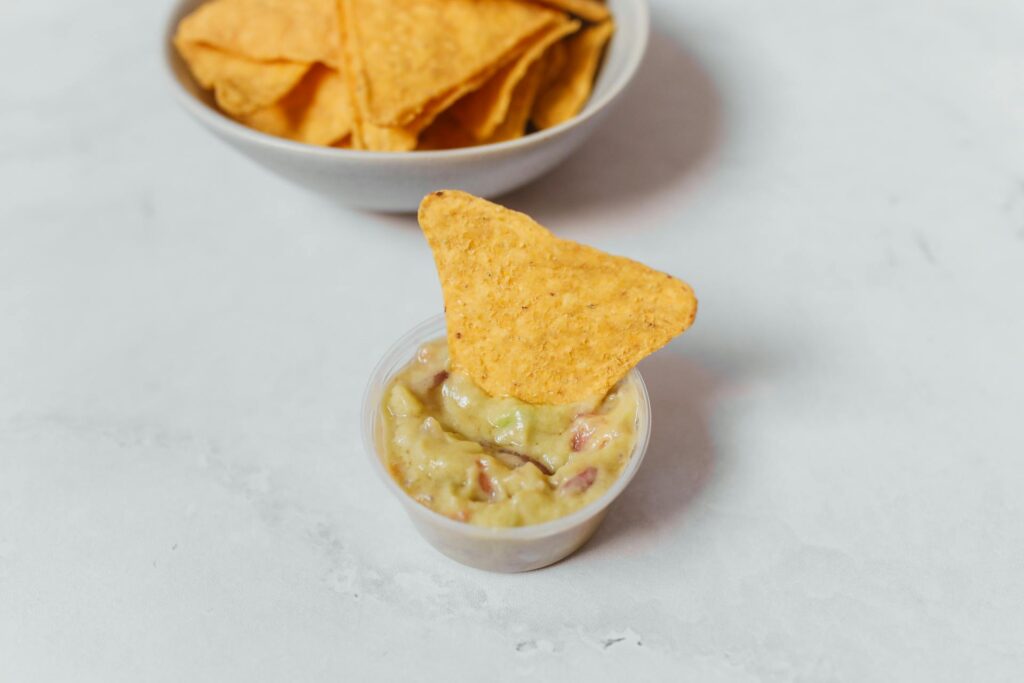
If you’re craving something crunchy, cheese crisps are your go-to.
- What Makes Them Ideal:
- Zero carbs in most varieties.
- Rich in calcium and protein.
- DIY Recipe:
- Bake shredded parmesan cheese in small piles at 400°F for 5-7 minutes until golden.
3. Greek Yogurt with Berries
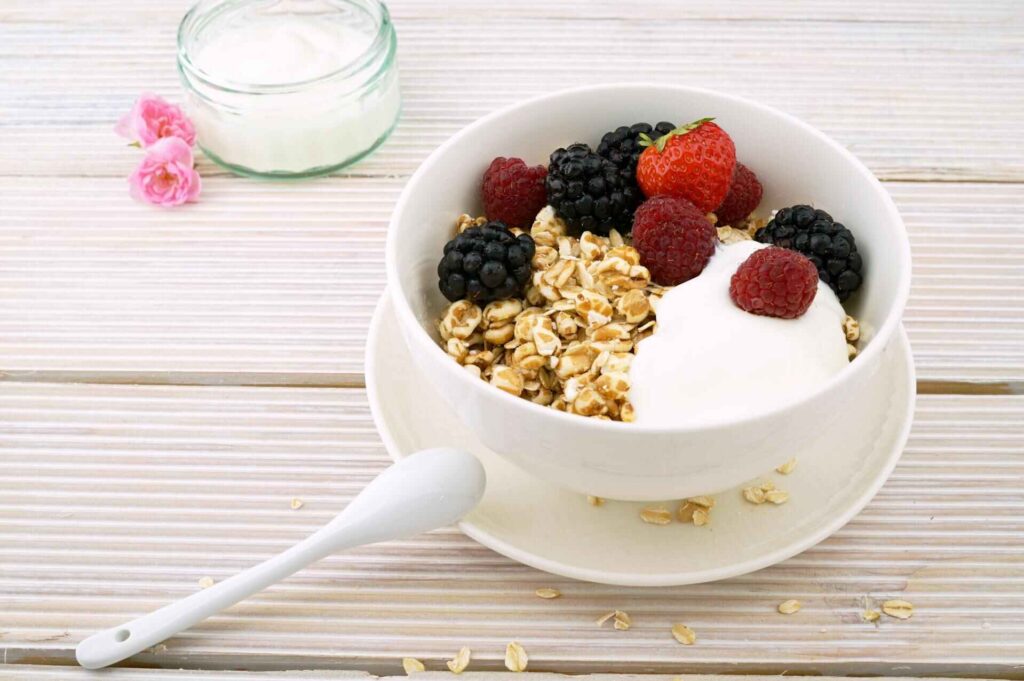
Greek yogurt is creamy, satisfying, and an excellent source of protein.
- How to Keep It Low Carb:
- Choose plain, unsweetened varieties.
- Add a handful of low-carb berries like raspberries or blackberries.
- Why It’s a Winner:
- Contains probiotics for gut health.
- Balances carbs with healthy fats when paired with nuts or seeds.
4. Avocado Slices with Sea Salt
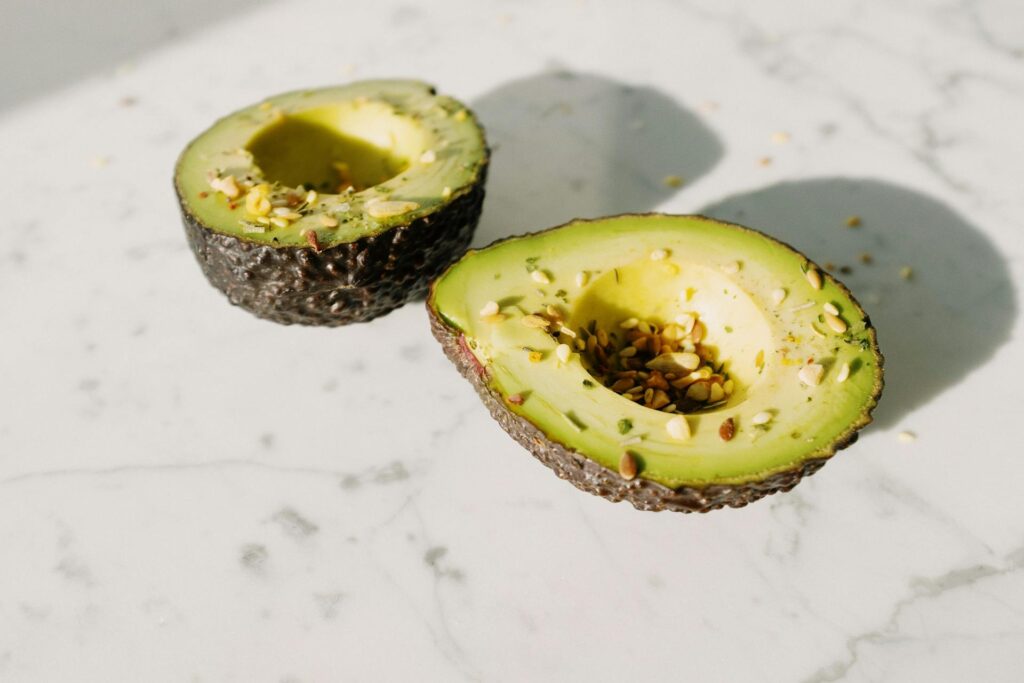
Avocados are a staple in any low-carb diet.
- What Makes Them Powerful:
- Packed with monounsaturated fats, which help reduce cravings.
- Virtually zero net carbs when sliced.
- Quick Snack Idea: Drizzle with olive oil, sprinkle some sea salt, and enjoy.
5. Celery Sticks with Nut Butter
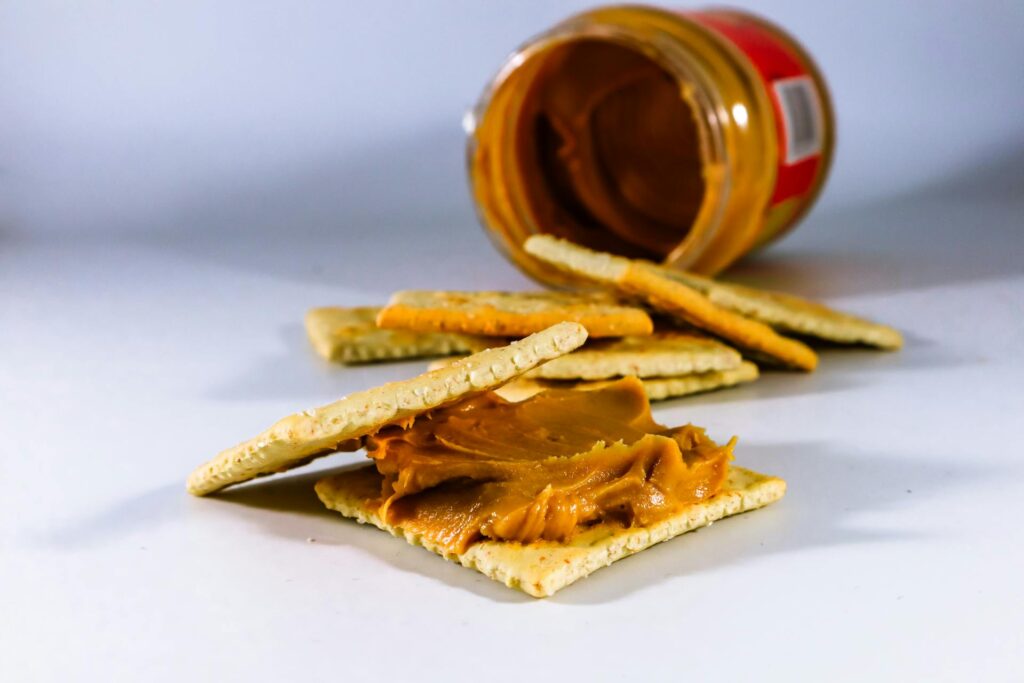
Celery is light and refreshing, while nut butter adds the creaminess you crave.
- Why This Combo Works:
- Celery: Low in carbs and high in water content.
- Nut butter: Provides protein and healthy fats to keep you satisfied.
- Best Choices: Opt for almond butter or natural peanut butter with no added sugar.
6. Beef Jerky
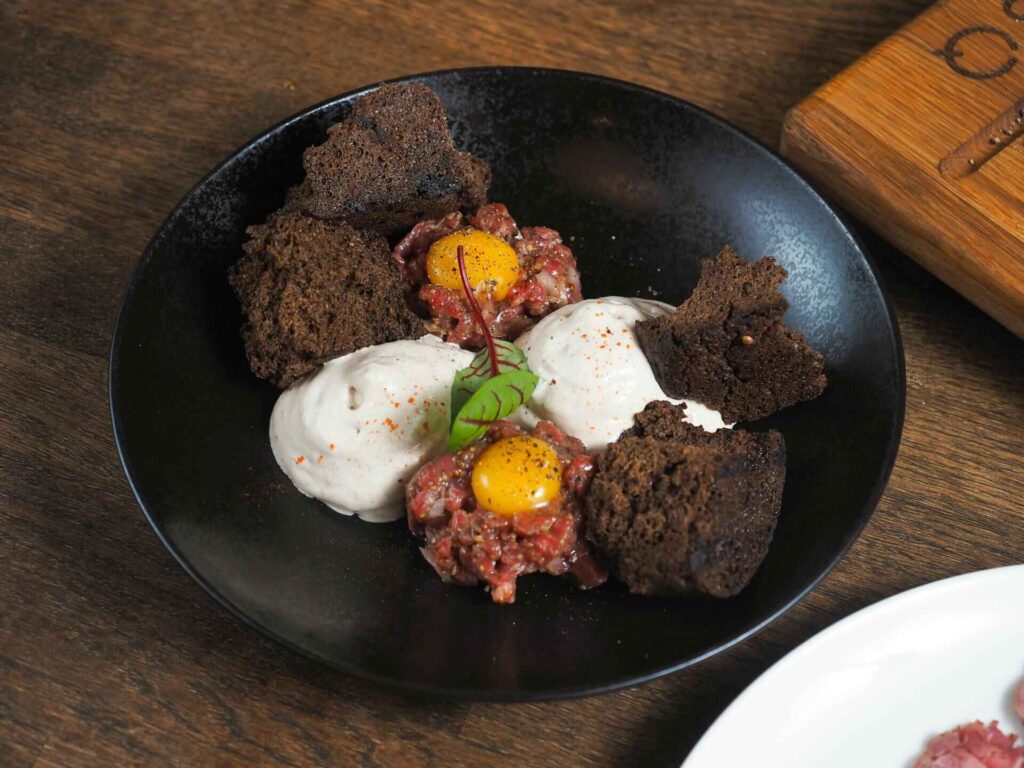
Looking for a snack that’s both portable and satisfying? Beef jerky is it.
- What to Look For:
- Choose jerky without added sugars or artificial ingredients.
- Brands like Chomps or Epic Bars are excellent options.
- Nutritional Perks: High in protein, virtually zero carbs.
7. Cucumber Slices with Hummus

Cucumbers are a refreshing snack that pairs beautifully with low-carb hummus.
- Why It’s Great:
- Cucumbers are hydrating and super low in carbs.
- Hummus provides a small protein boost without overloading on carbs.
8. Mixed Nuts
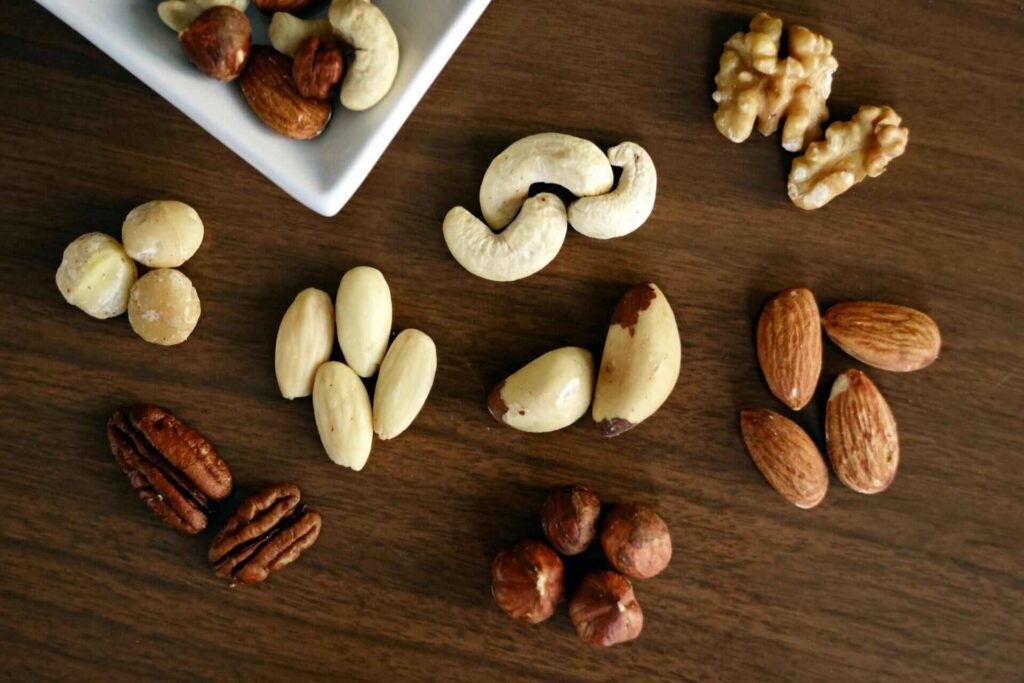
Nuts are one of the most convenient snacks for a low-carb diet.
- Low-Carb Options:
- Almonds, walnuts, and macadamia nuts are best.
- Avoid cashews or trail mixes with dried fruits.
- Tip for Portion Control: Stick to a small handful (about 1 ounce) to avoid overeating.
9. Dark Chocolate
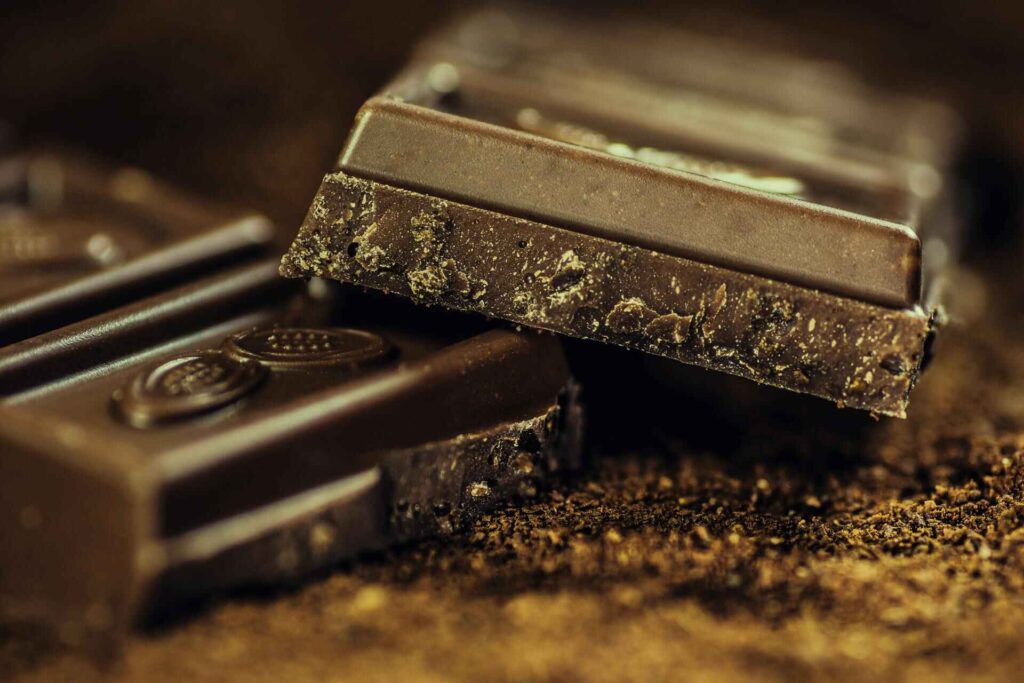
Yes, you can enjoy chocolate while keeping your carb count low!
- What to Look For:
- Choose varieties with at least 85% cacao.
- Avoid brands with added sugars.
- Why It’s Healthy:
- Rich in antioxidants.
- Satisfies sweet cravings without spiking blood sugar.
10. Deviled Eggs
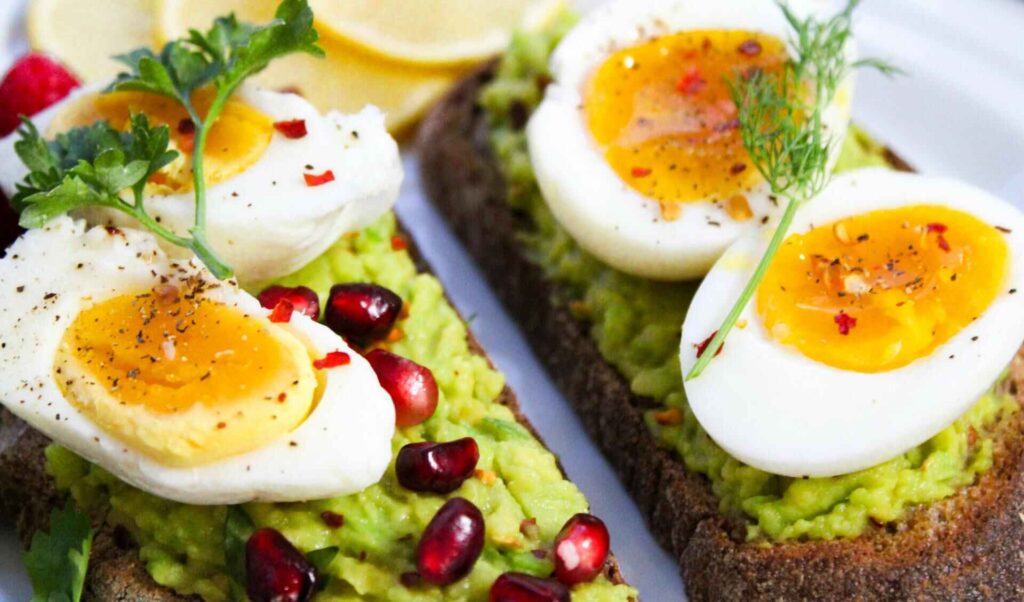
Take hard-boiled eggs up a notch with deviled eggs.
- How to Make Them:
- Mix egg yolks with mayo, mustard, and spices.
- Add creative toppings like bacon bits or avocado.
- Why They’re Perfect:
- High in protein, has virtually no carbs, and is great for meal prep.
Tips for Choosing the Best Low-Carb Snacks
Finding the best low-carb snacks doesn’t have to be overwhelming. Whether you’re navigating grocery aisles or meal-prepping at home, understanding what to look for can save you time, money, and effort. The right snacks can satisfy cravings, provide energy, and keep you on track with your weight-loss goals. Here’s how to choose snacks that meet your nutritional needs without exceeding your carb limits.
Read Labels Carefully
When buying packaged snacks, the nutrition label is your best friend. Many products marketed as “healthy” or “low-carb” may contain hidden ingredients that can derail your diet. Here’s how to decode labels effectively:
- Check the Total Carbs: Look for snacks with 5–15 grams of net carbs per serving. For stricter diets like keto, aim for snacks with less than 5 grams of net carbs.
- Net Carbs Formula: Net carbs = Total carbs – Fiber – Sugar Alcohols.
- Scan the Ingredients List: Avoid snacks with hidden sugars like maltodextrin, dextrose, or high-fructose corn syrup. These additives can spike blood sugar levels, even in small amounts.
- Beware of Buzzwords: Terms like “sugar-free” or “low-fat” can be misleading. These products often replace fat with carbs or artificial additives.
Pro Tip:
Focus on whole food-based snacks with short, simple ingredient lists.
Choose Whole, Nutrient-Dense Foods
Whenever possible, prioritize snacks that are minimally processed and nutrient-rich. Whole foods naturally align with the principles of a low-carb diet because they are free from artificial fillers and added sugars.
- Examples of Whole Foods for Low-Carb Snacking:
- Fresh vegetables (e.g., cucumber, celery, or bell peppers).
- Protein-rich options like hard-boiled eggs or turkey slices.
- Healthy fats from avocados, nuts, and seeds.
- Why It Matters: Whole foods are not only lower in carbs but also provide essential vitamins, minerals, and fiber that support overall health.
Balance Macronutrients
The most effective low-carb snacks aren’t just low in carbs—they also provide a balanced mix of protein, healthy fats, and fiber. This combination helps stabilize blood sugar levels and keeps hunger at bay.
How to Balance Your Snacks:
- Protein: Look for snacks with at least 5–10 grams of protein to fuel your body and promote muscle repair.
- Examples: Greek yogurt, beef jerky, or cottage cheese.
- Healthy Fats: Include unsaturated fats to keep you full and energized.
- Examples: Almond butter, avocado slices, or cheese crisps.
- Fiber: Snacks with fiber slow digestion, reducing hunger and preventing overeating.
- Examples: Raw veggies, flax crackers, or chia seed puddings.
Avoid Processed and High-Carb Fillers
Many processed snacks labeled as “low-carb” still contain carb-heavy fillers, preservatives, or hidden sugars. These can quickly add up and throw off your carb count for the day.
Common Ingredients to Avoid:
- Starches: Cornstarch, potato starch, or tapioca.
- Artificial Sweeteners: Maltitol or aspartame may still affect blood sugar levels.
- Flour-Based Fillers: Even almond or coconut flour, while low-carb, can add unexpected carbs in large amounts.
Pro Tip:
The fewer ingredients a snack has, the better it is for a low-carb lifestyle.
Prepare Snacks Ahead of Time
Prepping snacks at home ensures that you have control over the ingredients and portion sizes. This is especially important if you’re busy or prone to grabbing whatever’s available when hunger strikes.
Tips for Easy Meal Prep:
- Batch Cook Snacks: Make hard-boiled eggs, cheese crisps, or roasted nuts in advance and store them in portioned containers.
- Use Reusable Snack Bags: Pre-portion trail mix, veggie sticks, or jerky for on-the-go convenience.
- Keep It Simple: Focus on snacks that require minimal prep, like avocados or pre-sliced cheese.
Practice Portion Control
Even with the best low-carb snacks, overeating can sabotage your efforts. Low-carb foods like nuts or cheese are calorie-dense, so portioning is key to staying within your caloric goals.
How to Manage Portions:
- Use a food scale or measuring cups to portion out servings of snacks like nuts, jerky, or dips.
- Stick to single-serving containers for pre-packaged snacks to avoid mindless eating.
Pro Tip:
For snacks like mixed nuts, portion size is typically 1 ounce (about a small handful).
Be Mindful of the Timing
Snacking strategically can help you avoid energy dips and unnecessary cravings throughout the day. Plan your snacks to support your overall eating routine.
When to Snack:
- Mid-morning or mid-afternoon when you need a small energy boost.
- Before or after workouts to support energy and recovery.
- As an evening snack to curb cravings without overloading on carbs.
Look for Low-Carb Snack Alternatives
If you’re craving traditional snacks like chips or cookies, don’t worry—there are plenty of low-carb alternatives available. These swaps satisfy your cravings while keeping carbs in check.
Low-Carb Swaps for Common Snacks:
- Chips → Cheese crisps, kale chips, or pork rinds.
- Crackers → Flaxseed crackers or almond flour crackers.
- Sweet Treats → Dark chocolate (85% cacao or higher) or keto fat bombs.
Incorporate Variety
Sticking to a low-carb lifestyle doesn’t mean eating the same snacks every day. Adding variety ensures that you’re getting a wide range of nutrients and prevents boredom.
Ideas for a Diverse Snack Rotation:
- One day, try Greek yogurt with berries.
- Next, enjoy celery sticks with nut butter.
- Add in unique options like deviled eggs, dark chocolate, or beef jerky.
Keep Emergency Snacks on Hand
Life gets busy, and there will be times when you’re caught without food. Having emergency low-carb snacks ensures you stay on track no matter what.
Portable Emergency Snack Ideas:
- Individually packaged nuts or trail mix.
- Pre-portioned beef jerky or turkey sticks.
- Single-serve packets of almond butter.
Pro Tip:
Store emergency snacks in your bag, car, or desk for easy access.
FAQs
What are the best low-carb snacks for weight loss?
The best low-carb snacks are those that are nutrient-dense, like eggs, avocados, and nuts.
How many carbs should a snack have to be considered low carb?
Aim for snacks with 5–15 grams of net carbs per serving.
Are store-bought low-carb snacks healthy?
Yes, as long as they’re free of added sugars and highly processed ingredients.
Can I have low-carb snacks on a keto diet?
Absolutely! Focus on snacks that are high in healthy fats and extremely low in carbs.
What’s the easiest homemade low-carb snack?
Cheese crisps and hard-boiled eggs are super easy to make and perfect for a busy schedule.
The Bottom Line
With these delicious, low-carb snacks in your arsenal, staying on track with your weight-loss goals has never been easier. Snacking smarter doesn’t just fuel your body—it makes healthy eating enjoyable!


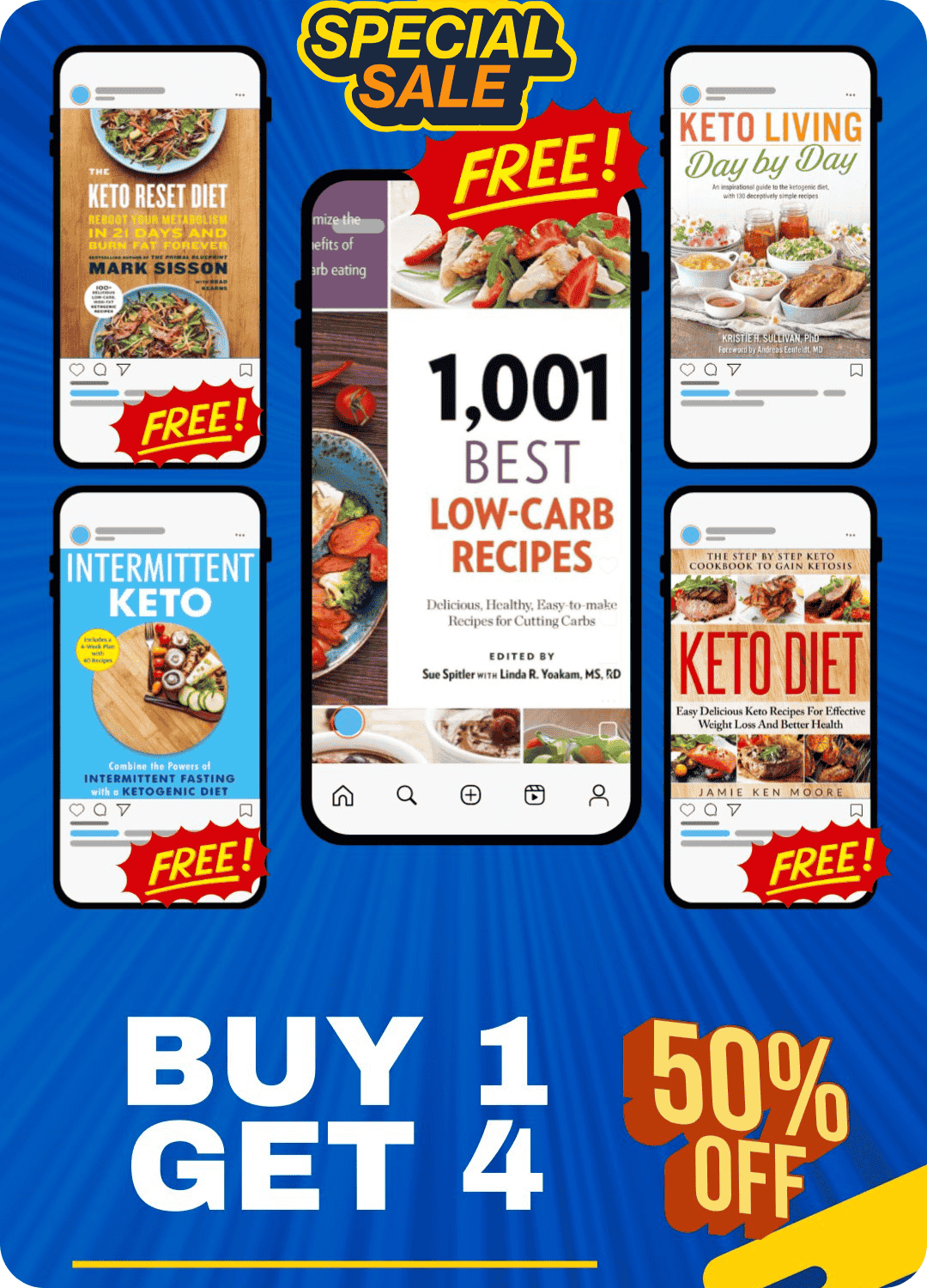
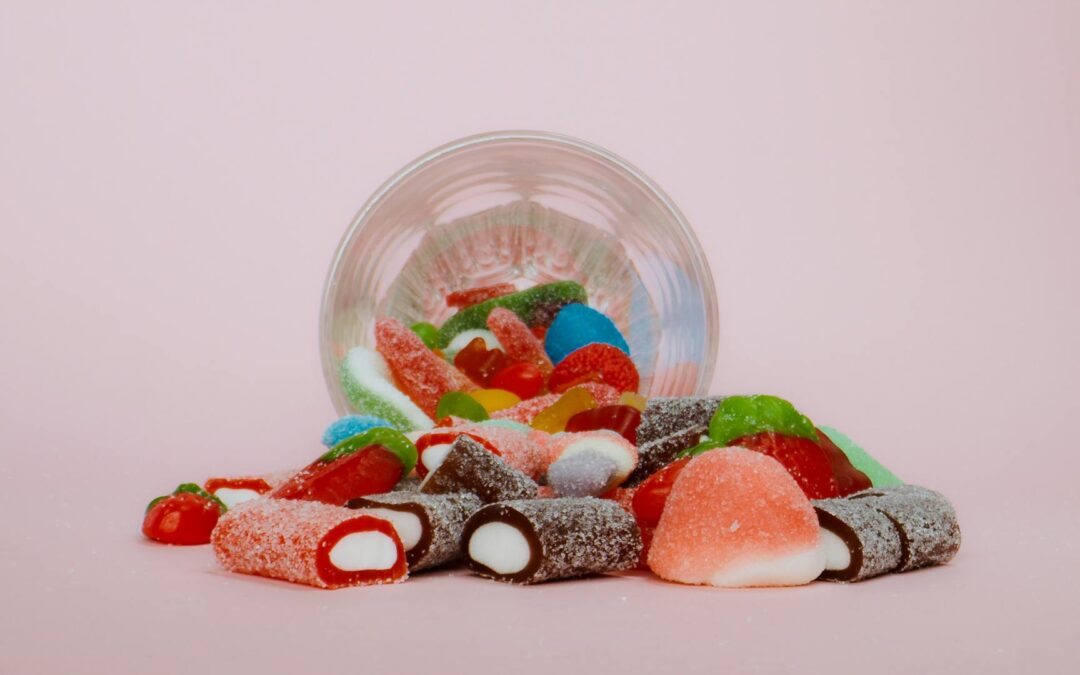
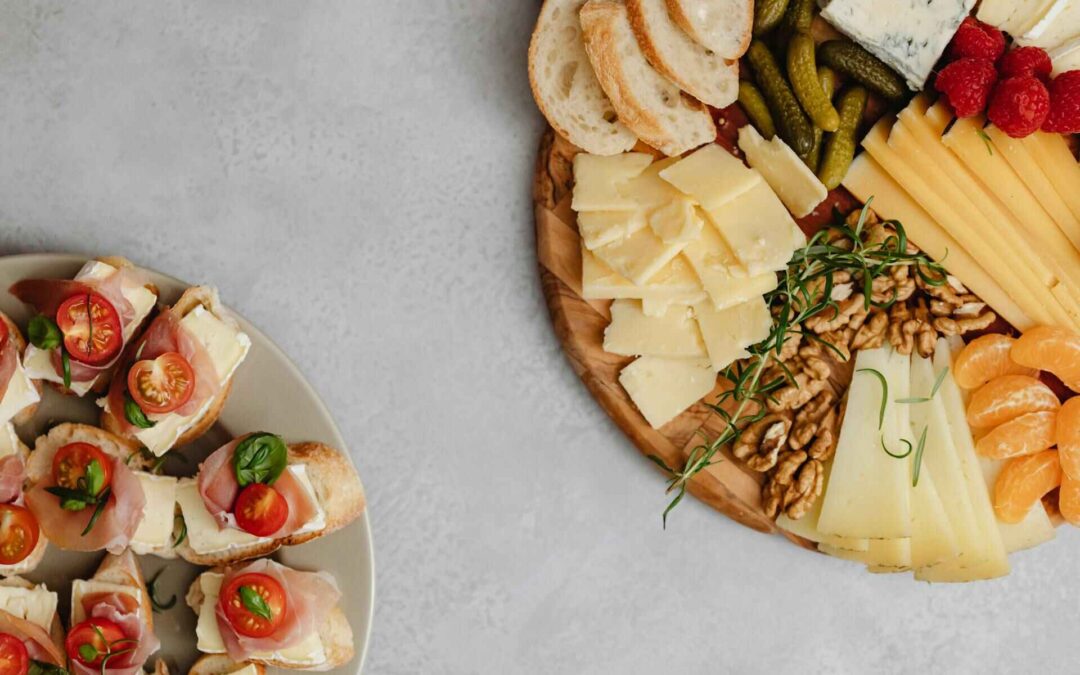
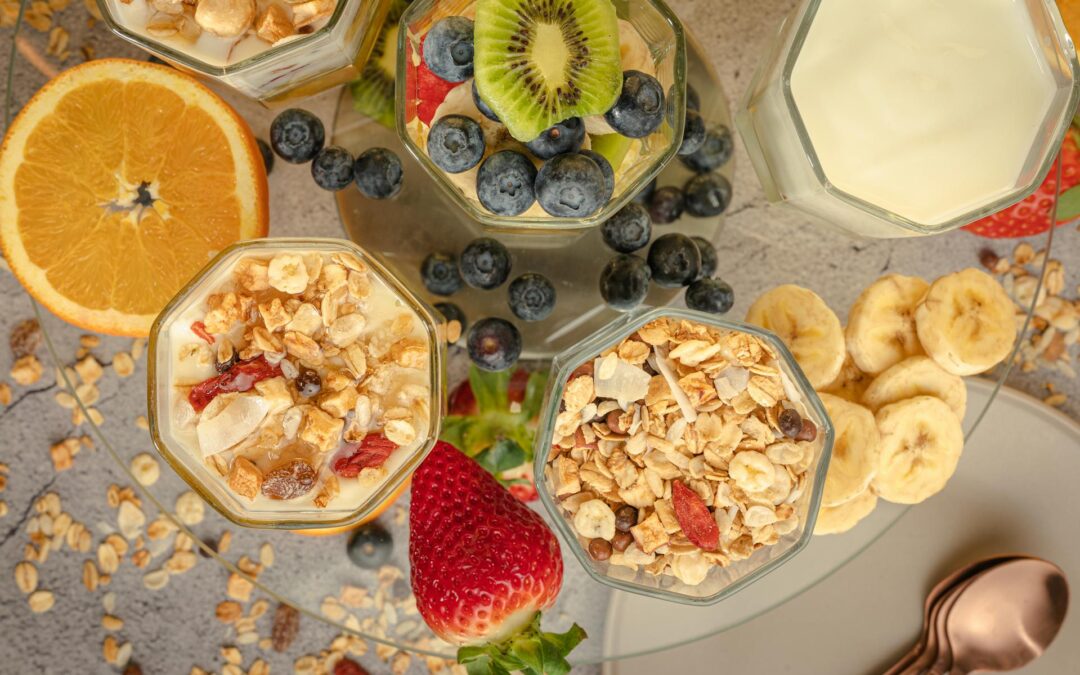
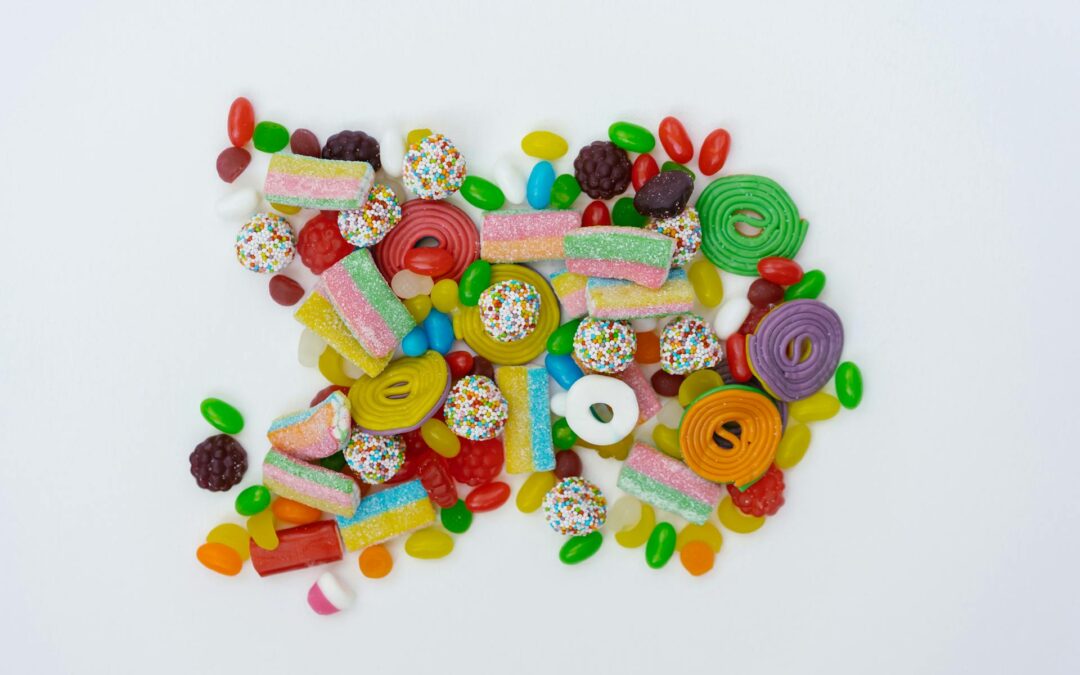
0 Comments